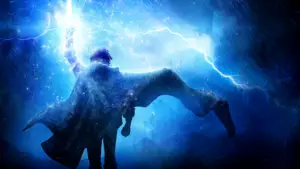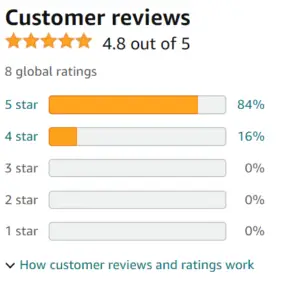Writing sparkling dialog isn’t easy, but it’s an essential writing technique to master. Good dialog sounds natural, but paradoxically, it isn’t the way real people talk. Real dialog meanders, it’s repetitive, it stops and starts. It’s boring. There is a lot to say about dialog, but in this blog, I want to talk about subtext.
Subtext is meaning beneath the surface of what a character says. As social animals, we’re always in search of hidden meanings. (“Did you hear what he said? What do you think he meant by that?). Some of us read far more subtext than actually exists.
Before talking about why subtext works, let’s look at some examples. This snippet from Desulti, combines showing and subtext.
Ragan sighed and gazed at the wall behind Tove. “The future is always in flux. Nothing is ever certain. That is why I never tell anyone what I see in their futures. There are no guarantees.” She paused and focused on Tove, a question in the lift of her brows.
“I understand.” Tove’s heart sped.
The lift of the brows is the key show, of course. What Ragan is saying is, “I can tell you your future, but there are no guarantees.” When Tove says she understands, it shows she knows what Ragan is implying and confirms what the reader has already deduced. It’s not hard to read the subtext in this snippet, but it’s far more interesting to read than if Ragan simply said what she meant in a straightforward way.
Another example from Spirit Sight Volume One.
When Louisa left, Aron slouched and gave Harold a speculative look. “You’re not what I expected.”
“How so?”
“I was expecting a bit more spit and polish, for one thing.” His eyes roved Harold’s face and hair. “You’re looking a little rough, not at all what we’re used to.”
Aron’s face had shown no emotion, but Harold heard its echo in his voice. He nodded slowly. “I find that expectations can often lead us astray.” Settling back in his seat, he sheathed his dagger, then lifted his hand onto the table. “They often lead to unwarranted assumptions.”
Aron studied the hand for a moment, lips pressed into a tight line, then gave a small shrug. “Perhaps.” Lifting his eyes to meet Harold’s, he said, “Though I find in most cases, it’s best to assume the worst when your life depends on it.”
The subtext in this scene appears at first glance to be as straightforward as in the first example. These men are enemies, but circumstances have forced them into a temporary truce. A more nuanced reading reveals that Aron doesn’t trust Harold and Harold is attempting to allay Aron’s fears. Sheathing the dagger is a bit of a giveaway, but you don’t need it to get the hidden meanings behind their words.
Another example from Desulti where the meanings are more obscure and relies on what the reader knows about the characters. In this scene, a leader of a secret society of women called the Desulti is talking to the leader of a rebel group. The rebels have put a deal together that will finance their rebellion and the Desulti are trying to move in on the deal and push the rebels out. When the scene starts, the rebel, Alar, knows who the Desulti, Siofra, is, but Siofra doesn’t know who Alar is. They’re looking at a painting at an art show.
Siofra sipped her wine and studied his profile. When she turned to face the painting, she shifted her weight, putting her bare shoulder close enough to his arm that she felt his heat. “Unlike the wine, the painting is exquisite.” She paused, then asked, “Are you the artist?”
“No, I am but the artist’s manager.”
“Manager,” Siofra said softly. She met his eyes when he looked at her, then she turned back to the painting.
At this point, one of Siofra’s associates whispers to her that this man is the rebel leader. Now, they both know who the other person is, and they know the other person knows who they are. The conversation (dripping with subtext) veers in an oblique way to art the rebels stole from the Desulti, then they get down to what they really want to talk about: the deal the rebels need and the Desulti want to move in on.
She cocked her head, pursed her lips and gave a small shrug with one shoulder. “I wish to purchase this painting.”
“You are free to make an offer,” Alar said.
“Then perhaps we should wait a week. After the wedding, when all the offers are on the table. Then we can meet. You and I, away from all these distractions.” She turned back to him, gave him a wide smile, and cocked her head slightly. “To negotiate.”
Alar gave her a shallow bow and said, “I look forward to it.” He returned her smile and said, “I’m sure we can come to a mutually beneficial arrangement.”
Subtext works for the same reason that showing does; it engages the built in cognitive processes we use to interpret social cues. It pulls the reader into the story so they have a sense they are participating and not simply observing from the outside. It also introduces ambiguity, which leads to narrative tension. In the last example, the reader knows the two characters know who the other is, but the reader doesn’t know if the characters know what they are agreeing to negotiate. They has to wait “a week, after the wedding” to find that out.
The danger with subtext is if it is too subtle the reader won’t get it. You may leave the reader baffled as to what is going on. It’s a balance, but as a writer, you shouldn’t be afraid to leave the reader a little uncertain about what exactly happened, as long as you clarify at some point.



